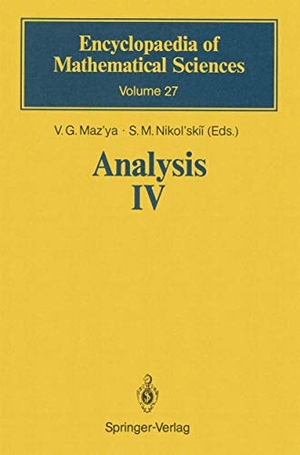
- Springer Berlin Heidelberg
- 2012
- Taschenbuch
- 248 Seiten
- ISBN 9783642634918
A linear integral equation is an equation of the form XEX. (1) 2a(x)cp(x) - Ix k(x, y)cp(y)dv(y) = f(x), Here (X, v) is a measure space with a-finite measure v, 2 is a complex parameter, and a, k, f are given (complex-valued) functions, which are referred to as the coefficient, the kernel, and the free term (or the right-hand side) of equation (1), respectively. The problem consists in determining the parameter 2 and the unknown function cp such that equation (1) is satisfied for almost all x E X (or even for all x E X if, for instance, the integral is understood in the sense
Mehr
Weniger
zzgl. Versand
in Kürze